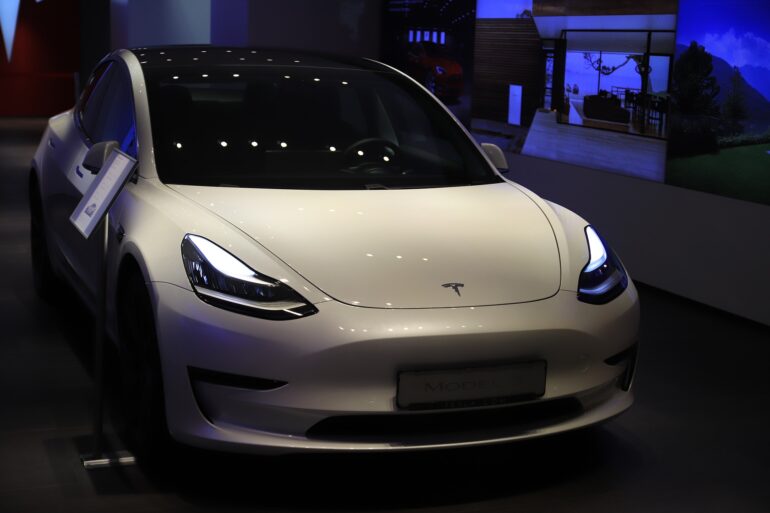TL;DR:
- Tesla introduces a patent for an advanced user interface for analyzing machine learning models in vehicles.
- The method involves acquiring ML model information, validation data, computing output, and generating user interface data.
- The system offers graphical representations of detected objects and errors, adjusts ground truth locations, and presents vehicle depictions.
- Patent aims to enhance user experience and improve the efficiency and reliability of autonomous or semi-autonomous vehicle operations.
Main AI News:
In a groundbreaking move, Tesla has recently filed a patent (Publication Number: US20240029482A1), introducing a cutting-edge user interface tailored for analyzing machine learning models within vehicle systems. This innovative approach signifies a significant stride towards enhancing the efficiency and reliability of autonomous or semi-autonomous vehicle operations.
The patent unveils a sophisticated method and system, orchestrated by one or more processors, dedicated to leveraging machine learning models seamlessly within vehicle functionalities. At its core, the methodology encompasses acquiring pertinent information pertaining to the ML model, integrating validation data inclusive of video sequences sourced from vehicle image sensors, and processing output through the ML model. Crucially, the system then evaluates metric values and generates user interface data based on the obtained output.
What sets this patent apart is its focus on delivering a user interface that offers unparalleled insights and user engagement. Through graphical representations, users can effortlessly discern detected objects and associated error information. Moreover, the interface dynamically adjusts ground truth locations to rectify errors, ensuring utmost accuracy in data interpretation. Complementing these features are visually immersive vehicle depictions, enriching the user experience manifold.
This groundbreaking system isn’t just confined to conceptualization; it boasts tangible hardware components as well. With a robust infrastructure comprising processors and computer storage media, the system is primed to execute operations akin to the patented methodology. From gathering ML model insights to processing validation data and generating user interface data, every facet is meticulously integrated to deliver optimal performance.
By amalgamating advanced technology with intuitive design, Tesla’s patent endeavors to redefine the standards of user interface experience within the automotive landscape. With its emphasis on precision, visual clarity, and adaptability, this innovation is poised to revolutionize how users interact with machine learning-driven functionalities in vehicles. As Tesla continues to pioneer advancements in automotive technology, this patent stands as a testament to its unwavering commitment to innovation and user-centric design.
Conclusion:
The unveiling of Tesla’s patent for an enhanced user interface marks a significant advancement in the automotive market. By seamlessly integrating machine learning technology into vehicle functionalities, Tesla not only enhances the user experience but also sets a new standard for efficiency and reliability in autonomous and semi-autonomous operations. This innovation underscores Tesla’s commitment to pushing the boundaries of automotive technology and signals a new era of user-centric design in the industry.

